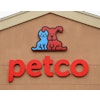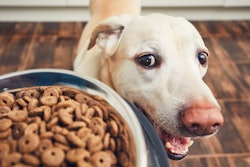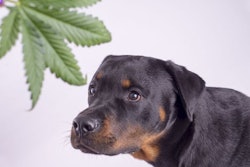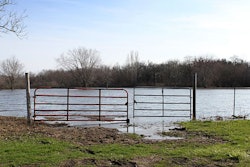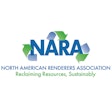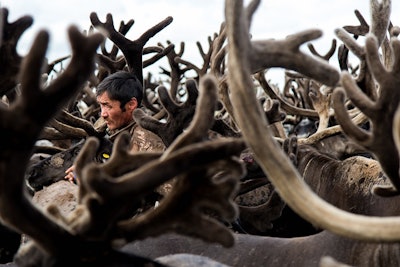
Russian state-owned company Yamal Deer has begun manufacturing dog and cat food with venison, according to a statement posted in Russian Gazette, an in-house publication of the government. The project is intended to better manage the world’s largest deer herd of 760,000 head in the Yamalo-Nenets Autonomous District of Russia.
Yamal Deer may take advantage of a broad range of by-products of the deer industry available for the industrial use. On average, only 80% of the live weight of northern deer is being used as food, the agricultural department of the Yamalo-Nenets district estimated. Petr Khudiy, a local businessman breeding northern deer, said that figure was overstated, and actually up to 50% of the live weight of an average animal is ending up as waste.
Pet food production to better use raw materials
Yamal Deer has begun pet food production with the starting designed capacity of 1,000 cans of wet pet food per month. In the imminent future, the company intends to sell its products in five cities, all in the Yamalo-Nenets district.
At the moment, Yamal Deer is designing two new pet food product lines, one with deer liver and the other with deer tongue, said Tatiana Plyukhina, director of the canned products workshop of Yamal Deer. None of these products has been manufactured in Russia before.
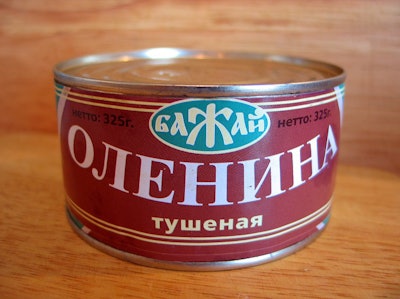
Yamal Deer is making wet cat and dog food using venison, including by-products such as liver and tongue. l Courtesy of Yamal Deer
By better utilizing the raw materials, Russian deer farmers could switch from increasing their herds, which already have caused some severe environmental problems in the region, to a more efficient and responsible business, Russian Gazette reported. The population of the northern deer has been steadily growing in Yamalo-Nenets district during the past years, with the result that now the region houses half of the overall deer population in Russia. There are not enough pastures to feed them all, Russian Gazette warned.
Anthrax lurking in the permafrost
Rushing to find new pastures, local farmers turned to the territories that for centuries were captured by permafrost and were set free by global warming in the past several years. This brought some unexpected results, as in 2016 the farmers experienced the first anthrax outbreak among the northern deer in the region registered in 75 years, which claimed the lives of several thousand animals and a few local citizens.
Leonid Marinin, senior researcher of anthrax in the Russian laboratory of applied microbiology and biotechnologies, said that the anthrax sporules may remain malignant for up to 1,300 years, so the anthrax could have existed in the permafrost since the Little Ice Age. This also means that after a series of recent outbreaks, the northern deer herd in the region would not be safe for a long time, even though Russian authorities are running a vaccination campaign against the disease every year.
Potential to export pet food to Europe
Yamal Deer said that if the pet food project proves successful, the company would expand sales to customers outside of the region. Export to the European Union might be in the pipeline as well, as the company has been exporting venison to Europe since 2008. Over the past decade, venison exports from the Yamalo-Nenets district to the EU has been steadily growing, from 50 tons in 2008 to 500 tons in 2017, according to Alexey Sitnikov, first deputy governor of the region.

